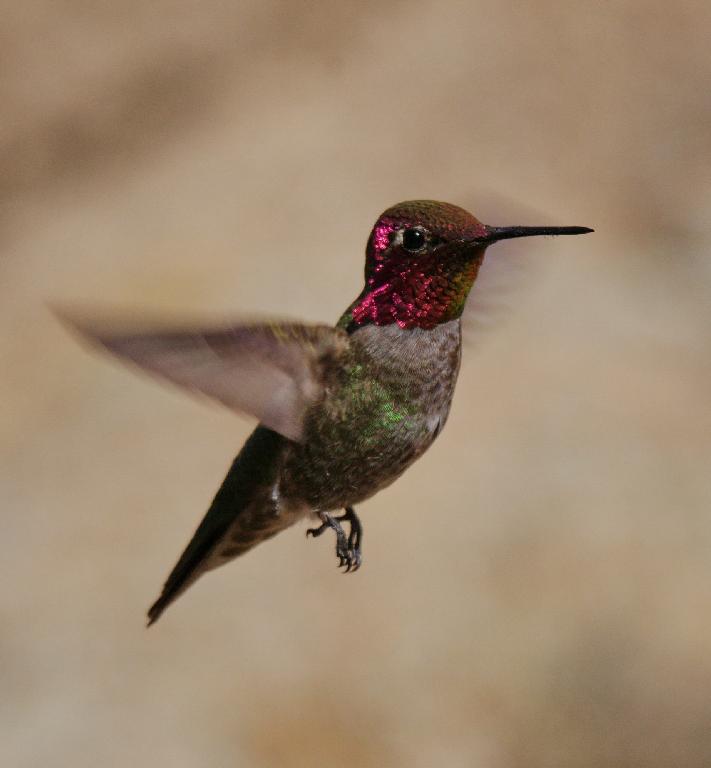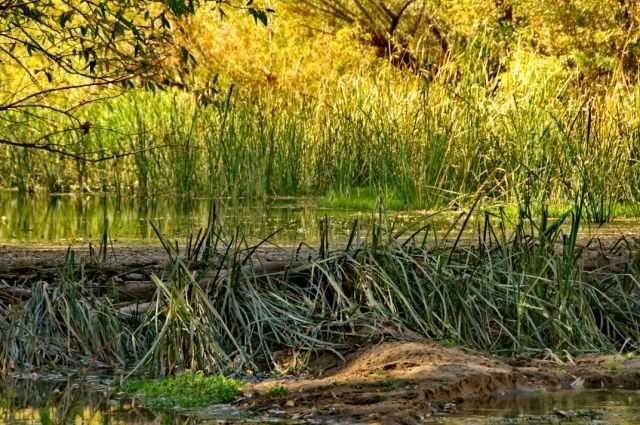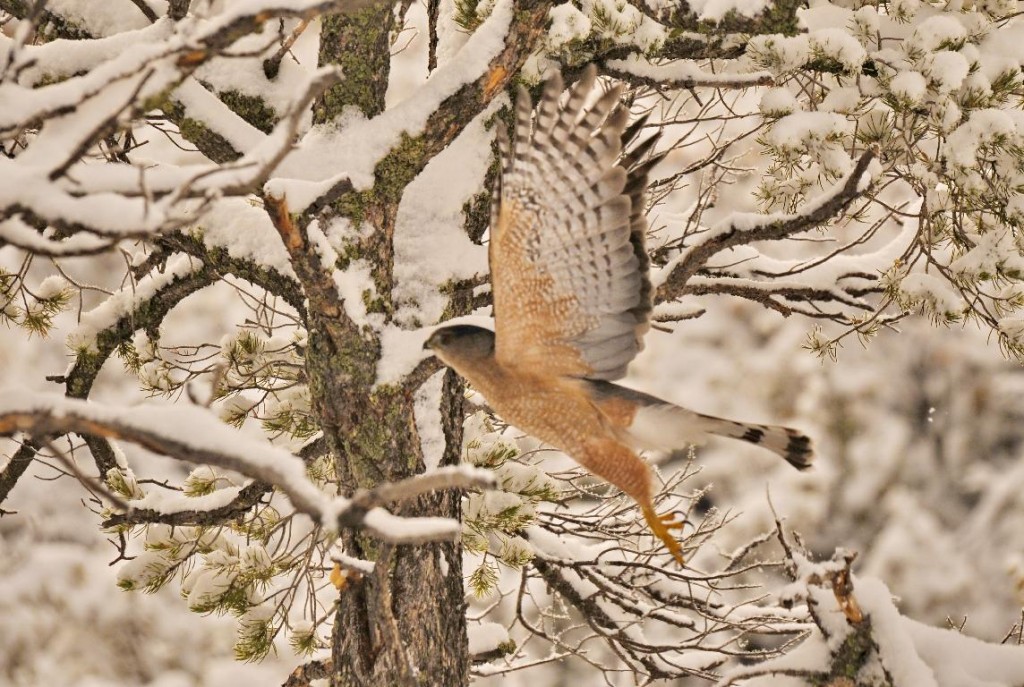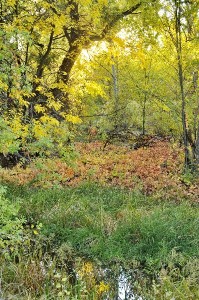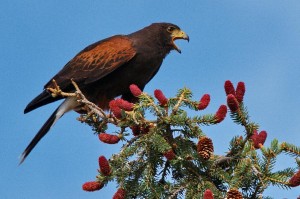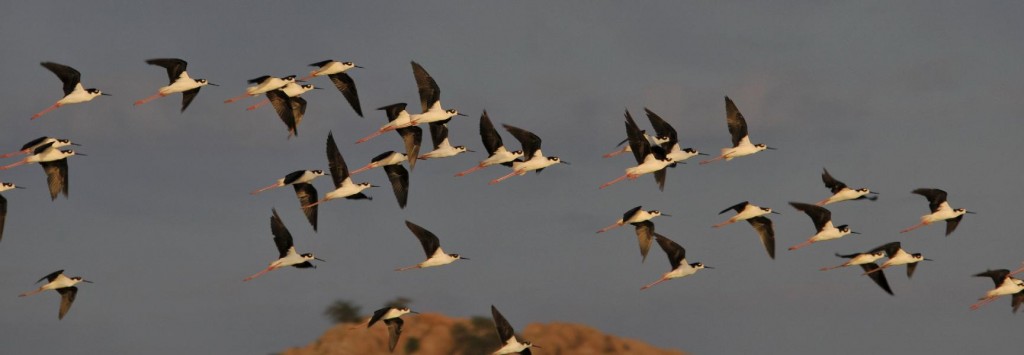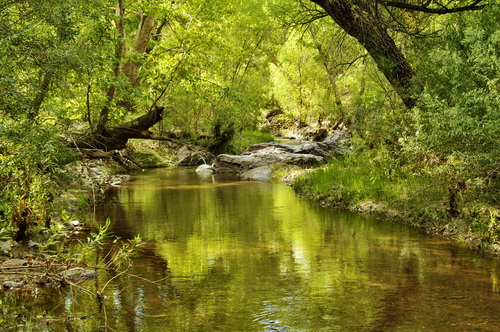No, I am not going to pontificate on the NCAA basketball tournament in progress, though the testosterone-driven excitement around the games certainly parallels the changes that I see in the hummingbirds in my yard. Anna’s Hummingbirds have been chasing each other around like ballistic missiles with hyperdrive all month. When a surprising snowstorm raged through Arizona in the final two days before the vernal equinox, it was shocking to see zipping flashes of hot pink though the snowflakes. When I would replace a feeder of frozen nectar with fresh liquid, the feisty little birds buzzed my head as if annoyed that I was not out there at the crack of dawn with sugary elixir. Patience is not a hummingbird virtue. Continue reading
Category Archives: Natural History
I’m a Beaver Believer
So often we hear horror stories of environmental degradation. Once in awhile we need to hear the good news, the reversal of misfortune, and I’m here to tell you one such story. The Upper Verde River in Arizona has risen from its deathbed, and the main reason is the return of the beaver after the removal of the cows. Join me along the banks of Granite Creek as I tell my friend Joe about my impressions of the value of beavers in restoring an ecosystem. http://www.youtube.com/watch?v=kTlSKffiSPw&feature=youtu.be.
Aerial Assassin
Dining has its dangers. And I don’t mean indigestion or choking on a bone. I’m talking hazards for the local seed-eating birds—the doves, quail, sparrows, juncos, and finches that check out the seeds that I scatter on the ground each morning.
Winter’s icy chill has descended on this part of Arizona, and recent snow has frozen into a crunchy crust. Little soil is exposed, and even the shrubs continue to bear heavy blobs of snow. These are lean times for seed-eating birds; there is no dietary margin for error. Find enough to eat or die. Continue reading
When Resignation Means Renewal
A blustery stranger arrived unannounced on Friday. The day dawned clear like so many others. By 11 as I drove home from the college for a quick lunch, the unexpected guest had arrived, leaving the door open so that its forceful breath whipped up whitecaps on Watson Lake. Dust and leaves swirled in its powerful exhalations. Low clouds streamed over the rounded crests of the Bradshaw Mountains. Winter had suddenly returned to Arizona. Continue reading
The Call of the Wild: Are We Listening?
Deep within us we carry the genetic legacy of our distant ancestors. When we hear the mournful howl of a wolf, there is a shiver down our spine, a surge of adrenalin that we cannot control. We respond automatically and positively when we view a cute and cuddly creature or one of the “charismatic megafauna.” For some people, the call of the wild has become more of a whisper, but it’s there.
Recently I gave the keynote address for the 2011 Regional Urban Wildlife Symposium sponsored by the Open Space Alliance of Yavapai County, Arizona. Joe Phillips videotaped it and posted it on You Tube, so here it is if you want to hear and see my take on THE CALL OF THE WILD: ARE WE LISTENING?
Megadiversity of Moths
The scene: The Madrean Sky Islands, an archipelago of dozens of mountain ranges that unify the spirits of the Rockies and the Sierra Madre, the Sonoran and Chihuahuan Deserts. This is a land of astonishing diversity by almost any measure. The following story is based on a visit more than a decade ago to the Ash Canyon property of Noel McFarland in the SE part of the Huachucas, a range noted for abundant and varied birds, mammals, and reptiles.
But birds, mammals, and herps are not why I came to see Noel McFarland. He is a collector of diversity with a twist all his own. McFarland knows moths. I follow him through several rooms where he works. Noel collects more than moths, it seems, and twenty years’ accumulation of boxes, books, papers, and other memorabilia fills his spaces the way floral diversity fills a rainforest. Continue reading
Autumnal Equinox
Another summer has slipped over its equinoctial belt—its pride hath gone before the fall. And so it is for me, veteran of many celestial cycles. Basted over the coals of another Arizona summer, I am, at the very least, well-seasoned by now. Continue reading
Deepening the Time Scale: A Puzzle in Sycamore Canyon
Though each organism is inherently a time traveler, its genes a partial chronicle of its evolutionary history, we may be the sole species to be able to reflect on that deeper history. People with deep imaginations can visualize the ape in our behaviors, the prototypical vertebrate in our embryos, the symbiotic merger reflected in our mitochondria. Some can look at a hillside and envision it as a product of tectonic upheavals, erosional incisions and depositions, the lithification that turned sediment into rock that has weathered into a substrate supporting juniper, cactus, and spiny lizard. With some training, there is hope for those of us who don’t normally see so well. Our temporal blinders may be lifted, our spirits uplifted by the joys of discovery and insight. Informed imagination – that greatest of time machines – can take us further toward understanding the Sky Islands than mere physical descriptions ever will. Join me, then, for a little time travel, not to see it all (who has time?), but for a sample of how informed imagination works. Continue reading
Bats, Cuckoos, and Happiness

Granite Dome at sunset
After a day spent mostly at the computer screen, I need to stretch. Granite Dells stretches me, pulls me irresistibly into the mazes of outcrops and canyons, especially appealing when thunderheads have finished their rumbling and are sailing away across the heavens, mission accomplished.
I head toward Granite Creek, its cottonwoods pulsing with the choruses of strident cicadas. Though monsoon storms have been modest at best in this neighborhood, the weeds, native and otherwise, are dense and lush. Fortunately, mosquito populations here are lower than last year, and as long as I keep moving, I avoid serious blood-letting.
There are signs here indicating that this is a restoration area, and the twenty-foot cottonwoods and shorter velvet ash and hackberry trees are evidence that recovery is occurring. A developer had grand plans for this area, and he drained a small recreational lake that had been used by residents and tourists alike in the “good old days” of early Prescott. He also cut out the willows and cottonwoods that framed the pond and leveled the whole works for his development. There were plans for a bridge across Granite Creek where now there is a fair-weather ford—a bridge that might have impeded Wood Ducks and Black-Hawks as they flew up and downstream searching for food. With money pouring from his deep pockets and machines moving the earth with seeming impunity, he didn’t take one thing into account: his development was right next to the property of one of the Dells’ most colorful characters, Happy Heavenly Oasis (no, this is not a pseudonym). Continue reading
Borderlands Musings
BORDERLANDS MUSINGS
By Walt Anderson
Four decades ago, I was a grad student in the School of Natural Resources at the University of Arizona in Tucson. Well before Arizona gained its strong reputation as a hotspot for American birding, there was a small community of birders who sought out the neotropical specialties that crossed the border and the eastern vagrants that popped up now and then in desert oases. There were seasoned experts like Gale Monson, whose knowledge of Southwest birds was encyclopedic, and ragtag graduate students like Carroll Littlefield, an expert on Sandhill Cranes, and Ted Parker, later considered by many as the superstar of birders and field ornithologists. There was none of the competitive, obsessive listing that later infected the birding world, a narrow-minded focus on seeing and ticking off species as fast as possible, the interest in each bird satisfied by a mere checkmark. No, these were naturalist birders, keen observers who sought to learn about the entire ecosystems in which birds were a part. Where a bird nested, what it ate, how it migrated or molted—such were the questions that occupied the curiosities of this generation of field biologists.
Whenever possible, we would load up a tank of gas at twenty-some cents per gallon and take off to one of our favorite oases, ostensibly to bird, but even more so to explore wild places and experience the joys of discovery in nature. Often our paths took us through the dusty border town of Douglas, Arizona under the appalling smokestacks of Phelps Dodge, then likely the largest single point-source of pollution in the Southwest, if not America as a whole. Continuing east along teeth-chattering gravel roads, we passed through the “malpai” badlands of rocky hills, creosote bush, ocotillo, and occasional flash-flood-prone desert washes. We’d pass the old ranch of Texas John Slaughter, where we’d stop to glass for whistling ducks, Neotropic Cormorants, Vermilion Flycatchers, and other oasis birds drawn to the artesian springs there (later much of this became the San Bernardino National Wildlife Refuge established primarily to help save native fishes of the Rio Yaqui watershed).
Our final destination lay at the end of the road just into New Mexico right where that state intersects with Arizona and Sonora: a green finger of Mexican riparian woodland, Guadalupe Canyon. We would stop up at the Magoffin ranch house to pay our respects and get their generous permission; then we’d explore the main canyon of large cottonwoods and sycamores and venture up thorny side washes for arid-adapted specialties. At night, we would listen and watch for the Ridgeway’s Whip-poor-will (now called Buff-collared Nightjar), one of the species that barely entered the United States at this point.
We were certainly aware of the proximity of Mexico, but only because we could count birds seen on this side of the weak barbed-wire fence for our U.S. list. At night as we lay in sleeping bags under the canopy of trees and the overarching dome of stars in an unpolluted sky, we might awaken to the footsteps and breathing of men, usually alone or with one companion, heading north to work, seeking employment opportunities that were unavailable south of the border. We might meet them at dusk or in early morning, where a polite exchange of “Buenos Dias” or “Hola” along with shy smiles would be the extent of our interchange. Continue reading

